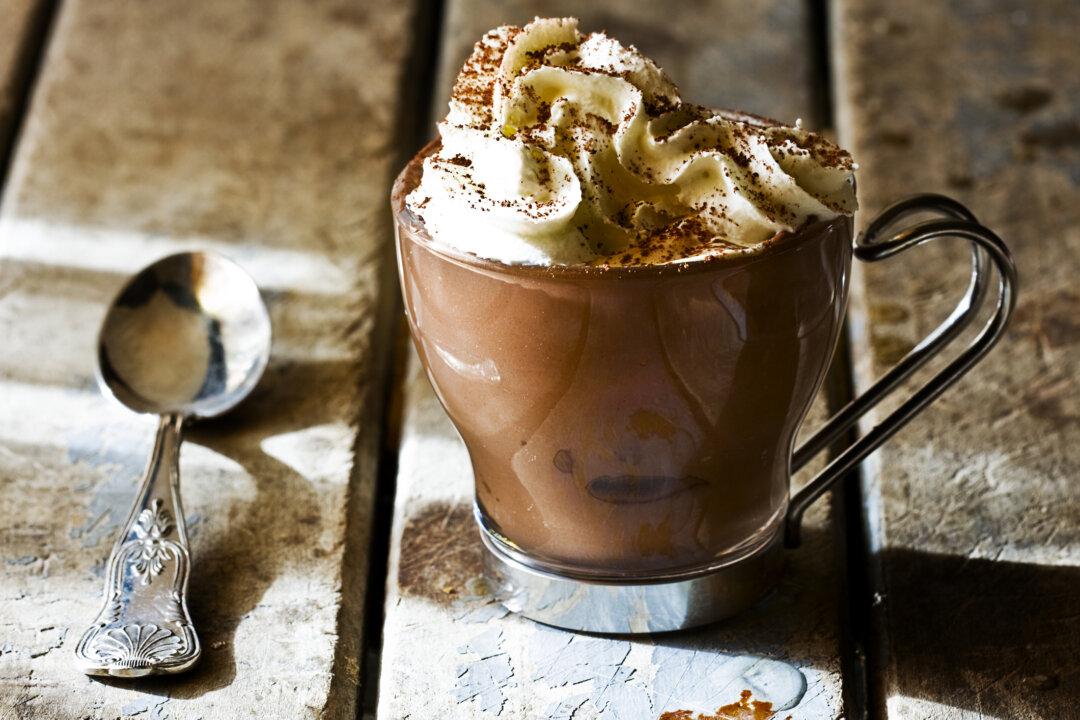Recently I returned to the beautiful town of Mendocino on the northern California coast. For the second time, I was invited to be a judge at the Mendocino Crab and Wine Festival. This annual event raises much-needed funds for the Mendocino Coast Clinics. As a judge, my mission was to select the best wine and crab cakes that were submitted for consideration.
I tasted 30 local white wine varieties to select the best one to pair with the Dungeness crab cakes. The winning entry wine was Husch Vineyards Renegade sauvignon blanc. Chef Sebastian Kaplan of The Little River Inn won for his fresh crab meat morsels, with just enough breadcrumbs to bind the crab together. You’ll notice that fresh breadcrumbs are added to the crab cake mixture, while Japanese panko crumbs coat the outside of the crab cake. The following recipe is my reinterpretation of the winning crab cake.
I learned a lot of different approaches to this legendary seafood classic. Some chefs like to add lots of flavoring agents like bell peppers, celery or onions, but I prefer simpler versions so that the fresh crab meat can shine. Many of the chefs at the festival chose to deep-fry the crab cakes rather than saute them. Some were very successful, while others not so much. If the oil is not at the exact frying temperature you can end up with an oily soggy result. I prefer sauteing crab cakes at medium-high heat so they cook quickly and stay crisp.
Dungeness crab has a naturally sweet, buttery flavor. You can also use other fresh crab meat if that is what is available to you. Crab meat has gone up in price, like everything else, so consider this a special occasion dish. Also, you can divide this recipe in half for four people, if you are having a smaller group.
These Seriously Simple crab cakes cook best when the mixture is chilled before they are sauteed. Chilling the crab cakes helps the mixture hold together and keeps the panko coating adhered to the crab cakes.
To drink: Pour a crisp sauvignon blanc that will highlight the background citrus flavor. Consider the winning Husch Renegade sauvignon blanc for a winning combination.

California Crabcakes With Tartar Sauce
Serves 8Note: A touch of creme fraiche adds a nutty, tart flavor to the tartar sauce.
- 3/4 cup mayonnaise
- 2 tablespoons creme fraiche
- 1 medium dilled pickle, finely chopped (about 1/4 cup)
- 1 tablespoon fresh lemon juice, or more to taste
- 1 tablespoon drained capers, chopped
- 1 tablespoon chopped fresh dill
- 2 tablespoons finely chopped scallions
- Salt and fresh ground black pepper
- Tabasco sauce, to taste
- 2 pounds Dungeness crab meat, cleaned
- 2/3 cup mayonnaise
- 1/2 cup fresh breadcrumbs
- Zest of 1 lemon
- 3 tablespoons Italian parsley finely chopped
- 2 teaspoons Dijon mustard
- Extra panko crumbs for coating
- Olive or grapeseed oil for frying
- Italian parsley leaves, for garnish
2. For the crabcakes, mix all ingredients together until well blended. Taste for seasoning. Form mixture into 16 (2-ounce) cakes on a parchment-lined sheet pan. Sprinkle some panko on a plate and place each side of crab cake in the crumbs until nicely coated. Chill for an hour (or up to four hours).
3. In a large saute pan add 2 tablespoons oil on medium-high heat. Saute the crab cakes in batches until browned and slightly crispy on both sides, about 3 minutes on each side. Be careful when turning them so they stay together. They should be golden brown on both sides. Place the cooked crab cakes on a parchment-lined sheet pan in a 275 degrees F oven to keep them warm. Add additional oil and saute the rest of the crab cakes until golden brown.
To serve: Smear a dollop of tartar sauce on the plate and place the crab cake on top with a parsley leaves as garnish.







